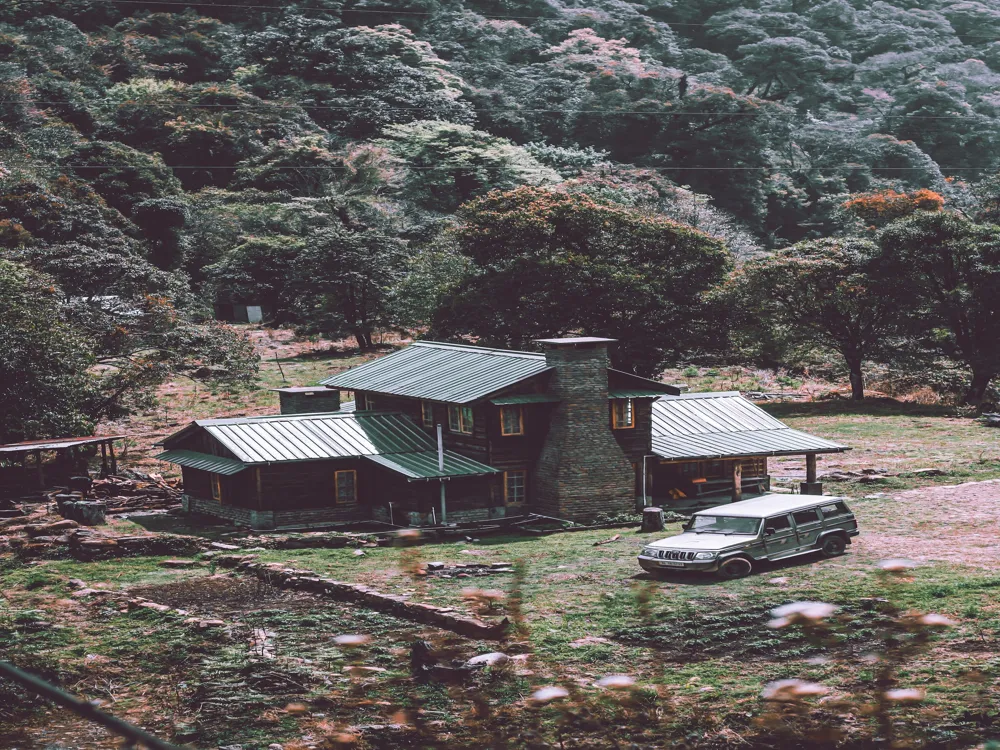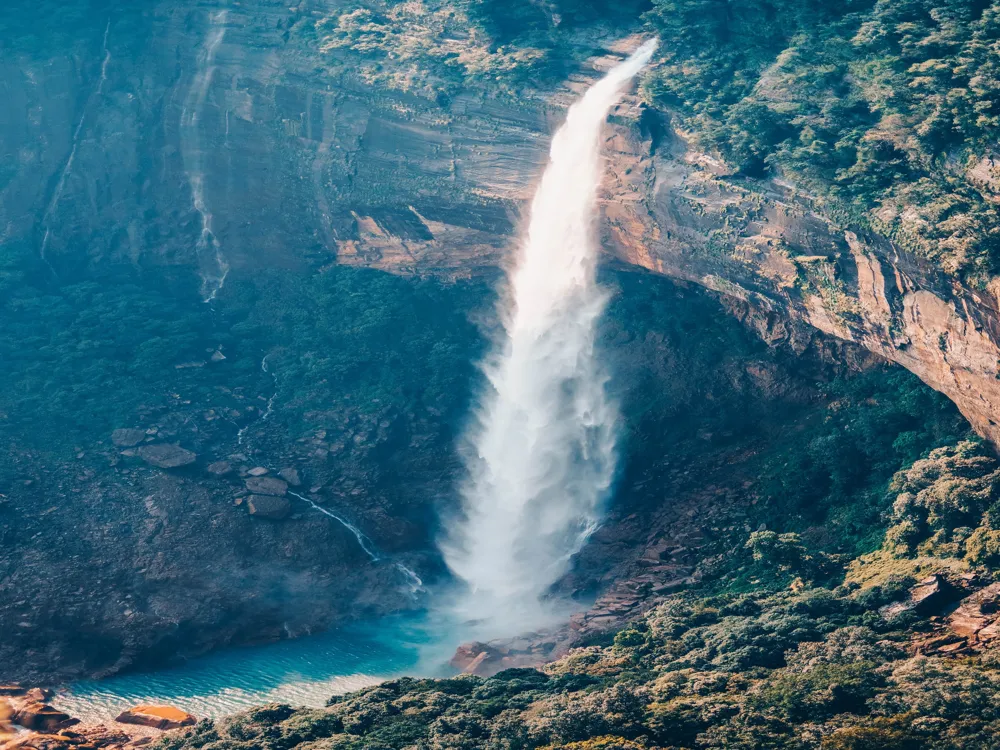Nestled in the northeastern part of India, Sirohi National Park is a splendid natural paradise located near Imphal, the capital city of Manipur. This park, renowned for its breathtaking landscapes and rich biodiversity, covers an area that showcases the unique beauty of the region. The Sirohi National Park, named after the Sirohi hill range in which it is situated, stands as a testament to the diverse flora and fauna of Manipur. It offers a serene escape into nature, away from the bustling city life. The park's topography is characterized by rugged hills and narrow valleys, with altitudes ranging from 900 to 1700 meters. This elevation variation contributes to its diverse ecosystem. The climate here is typically subtropical, with heavy rainfall during monsoon seasons, creating a lush green environment that is a haven for various species of plants and animals. Sirohi National Park is home to a variety of wildlife, including some rare and endangered species. The park is a sanctuary for several bird species, making it a paradise for birdwatchers. Among the notable avian species are the Blyth's Tragopan and the Mrs. Hume's Pheasant. Besides birds, the park is also inhabited by different mammals like the Asiatic black bear, clouded leopard, and the rare and elusive marbled cat. The park's flora is equally remarkable, with a mix of subtropical pine forests, temperate forests, and meadows. The presence of the rare Sirohi Lily, a species endemic to the Sirohi hill range, adds a unique charm to the park's botanical diversity. The blooming of these lilies during certain months is a sight to behold and attracts nature enthusiasts from across the globe. Sirohi National Park is not just a biodiversity hotspot but also a place of great ecological importance. It plays a critical role in conserving the region's water resources and maintaining ecological balance. The park's natural setting makes it an ideal destination for trekking, hiking, and experiencing the tranquility of nature in its purest form. The architecture of Sirohi National Park is a harmonious blend of natural landscapes and thoughtfully designed structures that aim to minimize the human impact on the environment. Unlike traditional architectural marvels, the park's architecture focuses on sustainability, conservation, and enhancing the visitor experience without disrupting the natural habitat. The park's layout is strategically planned to facilitate wildlife conservation while allowing visitors to experience the beauty of the area. The walking trails, viewing platforms, and rest areas are designed to blend seamlessly with the natural surroundings. These trails are laid out in such a manner that they offer spectacular views of the landscape, wildlife, and the indigenous flora without intruding into the animals' natural habitats. The visitor center at the entrance of the park is the epitome of eco-friendly architecture. Built using local materials and traditional techniques, it stands as an information hub for tourists. The center provides insights into the park's biodiversity, conservation efforts, and guidelines for responsible tourism. Interactive displays and exhibits within the center aim to educate visitors about the significance of preserving this natural treasure. Accommodation facilities within Sirohi National Park, like cottages and guest houses, are constructed with an emphasis on ecological sustainability. These structures are often built using renewable materials like bamboo and wood, following the principles of green architecture. They are designed to provide comfort to visitors while ensuring a minimal ecological footprint. The park's architecture extends to its conservation facilities as well, including animal rescue centers and observation posts. These are crucial for the park's wildlife management and research activities. The design of these facilities focuses on functionality and the well-being of the wildlife, ensuring they provide safe and stress-free environments for animal care and observation. Before visiting Sirohi National Park, it's essential to plan your trip considering the park's timings, weather conditions, and the best season for wildlife sightings. The park is usually more accessible and offers better wildlife viewing opportunities during the dry season. Packing the right gear is crucial for your visit. This includes comfortable hiking shoes, weather-appropriate clothing, binoculars for bird watching, and a camera. Also, carry essential items like water, snacks, and a first-aid kit. Adhering to the park's guidelines is important for your safety and the conservation of its natural environment. This includes staying on designated trails, not feeding the wildlife, and maintaining a safe distance from animals. As a visitor, it's your responsibility to help preserve the park's pristine condition. This means not littering, avoiding loud noises, and not disturbing the natural habitat of wildlife. Hiring a local guide can enhance your experience. Guides are knowledgeable about the park's trails, wildlife, and the best spots for sightings. They can also provide insights into the local culture and history. Sirohi National Park is accessible via road, rail, and air. The nearest airport is in Imphal, which is well-connected to major cities in India. From Imphal, you can hire a taxi or take a bus to the park. The nearest railway station is at Dimapur, from where you can take a taxi or a bus to reach the park. The road network to Sirohi National Park is decent, making it convenient for those who prefer to drive. Read More:Overview of Sirohi National Park, Imphal, Manipur
Architecture of Sirohi National Park
Tips When Visiting Sirohi National Park
Plan Your Visit
Pack Appropriately
Follow Park Guidelines
Respect the Environment
Hire a Local Guide
How To Reach Sirohi National Park
Sirohi National Park
Imphal
Manipur
NaN onwards
View imphal Packages
Weather :
Tags : National Park
Time Required : 1 day
Planning a Trip? Ask Your Question
Imphal Travel Packages
View All Packages For Imphal
Top Hotel Collections for Imphal

Private Pool

Luxury Hotels

5-Star Hotels

Pet Friendly
Top Hotels Near Imphal
Other Top Ranking Places In Imphal
View All Places To Visit In imphal
View imphal Packages
Weather :
Tags : National Park
Time Required : 1 day
Planning a Trip? Ask Your Question
Imphal Travel Packages
View All Packages For Imphal
Top Hotel Collections for Imphal

Private Pool

Luxury Hotels

5-Star Hotels

Pet Friendly





















